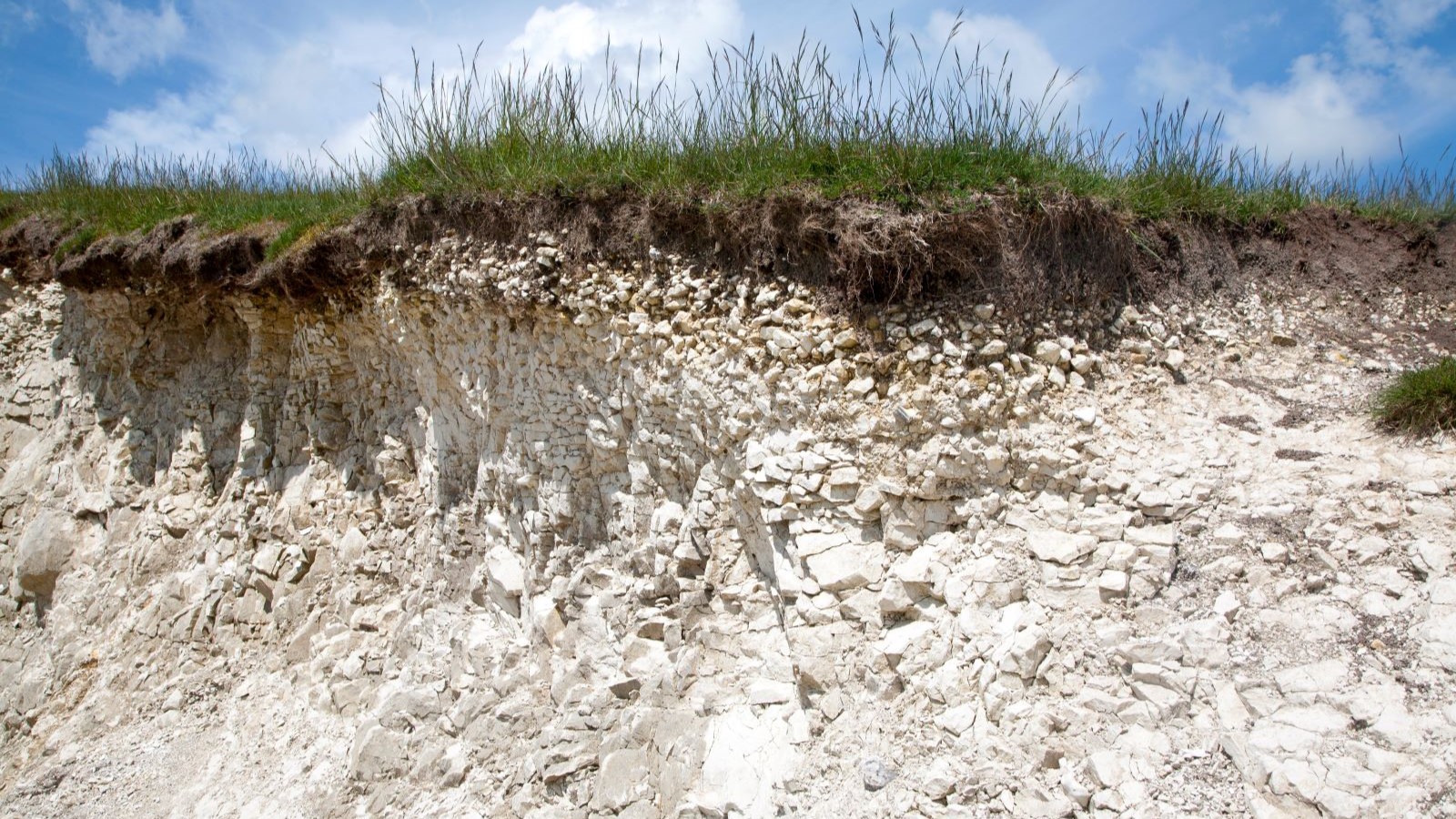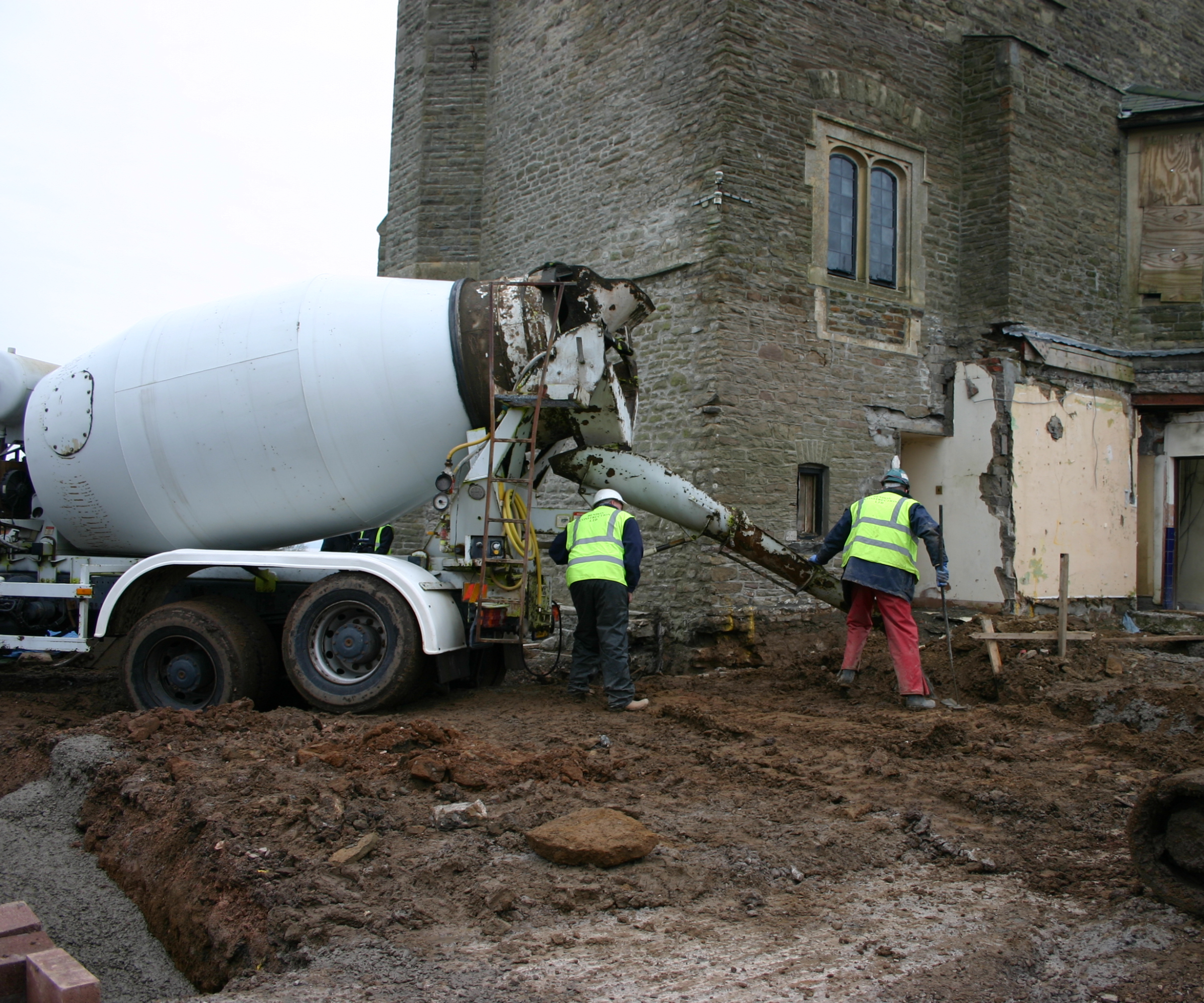Understanding soil sorts and assessing which one is in your plot is a smart place to begin for any self construct journey, be it constructing a home from scratch or including an extension.
Should you’re coping with a website that is shaped from rock, gravel or sand, and generally clay, your soil sort is more likely to be largely appropriate for many forms of basis – though ought to end up constructing on a slope, amongst a big amount of timber or have soil that’s much less steady, the construct choices is likely to be more difficult and you can end up requiring foundations for troublesome websites.
Right here our self construct professional explains what soil sorts you would possibly discover in your plot and what it might imply by way of selecting your basis system.
Why do soil sorts matter?
The significance of soil sorts is right down to the totally different capability of every one to bear weight. As your construction – your house or extension – will naturally have what is named a load, your structural engineer might want to know the soil sort so as to work out the load bearing capability of the bottom.
Having this data means they are going to be capable of put together calculations that match the proposed construction’s load with the soil sort in order that the right sort of basis system may be specified.
Extra spoil for all foundations is often carted away to landfill.
Soil sorts you would possibly discover in your plot
Figuring out the bottom sort you may have in your plot will usually begin with a geotechnical research. The research will assess the bodily properties of the soil by boring or digging holes into the bottom the place you hope to find your construct. The check holes will often be to totally different depths to determine what sort of soil you’re coping with in addition to its potential load bearing capability.
“Soil sorts vary from very exhausting floor filled with rock, by means of to these containing layers of a lot softer clay and sand,” explains architect Ninian MacQueen. “The softer the soil, the extra seemingly settlement will happen, so the deeper the muse must go.”
The soil survey will even point out how deep the load bearing floor is beneath the floor and subsequently how deep your basis ought to go.
“A geo-technical research will permit your engineer and contractor to find out how a lot load the soil can obtain, or ‘bear’, and subsequently what sort of basis can be acceptable,” Ninian provides. “That is basically how a lot weight, or load, the bottom can assist earlier than the muse settles, subsides or fails.”
The soil collected is more likely to even be examined for moisture content material, pH degree, sulphates and shrinkability. “Floor that’s often waterlogged would seemingly require a special strategy by way of a basis design than a drier, extra compacted soil sort,” says Ninian.
The end result of the geotechnical research ought to present that your plot is one or a mixture of the next soil sorts.

Ninian MacQueen is an ARB registered, and RIBA chartered, architect. He studied on the Waterproof coat Faculty of Structure in Glasgow, earlier than finishing his ‘Half 3’ on the Bartlett Faculty of Structure in London. He labored for 4 Stirling Prize winners – together with Richard Rogers, Norman Foster and AHMM architects – in addition to smaller companies, earlier than beginning his personal non-public apply: Borderland Studio.
1. Rock
Limestone, granite, sandstone, shale and exhausting strong chalk are all rocks which have a excessive bearing capability. The rock could merely should be stripped again and levelled off to construct from.
Nevertheless, it is also vital to do not forget that “the more durable the bottom – or the extra giant rocks and boulders there are – the slower progress on website is likely to be, ” explains Ninian.
2. Chalk
Offering the chalk isn’t too tender, basis widths of 450mm for low-rise buildings are typically acceptable. The depth of the muse should be beneath any frost motion, a minimal of 700mm.
If the chalk is tender it can should be excavated till agency chalk is reached. Chalk soils may be susceptible to erosion, so be cautious of the attainable presence of hollows or caves.

3. Gravel and sand
Dry, compact gravel or gravel and sand subsoils are often enough for strip foundations. Usually a depth of 700mm is appropriate, so long as the bottom has enough bearing capability.
If the water desk is excessive (for example if the gravel is submerged), the bearing capability will likely be halved, so it’s vital to maintain the foundations as excessive as attainable. A shallow, strengthened, extensive strip basis could also be an acceptable possibility.
Sand holds collectively moderately properly when damp, compacted and uniform, however trenches could collapse and so sheet piling is commonly used to retain the bottom in trenches till the concrete is poured.
4. Clay
There are three forms of clay within the UK, categorised by their plasticity – which is how a lot their quantity can change attributable to their water content material.
- Clays with the very best plasticity (and so the very best danger) are typically discovered within the South East of England, stretching up by means of the East Midlands to the Humber within the North and right down to Tub within the West
- Medium plasticity clays are present in the remainder of the South East, throughout the Midlands and up past the Humber Estuary in direction of the North East. In addition they flip up in some remoted areas within the North West of England close to the coast
- The remainder of England and Wales typically have low plasticity clays however even these nonetheless carry some danger.
The primary 900-1,200mm layer of clay is topic to motion attributable to enlargement and shrinkage from seasonal variation in moisture content material, so it’s typically essential to excavate foundations to a depth the place the quantity of moisture current stays steady.
Strip, trench fill or pad foundations should be solid at a minimal depth of 750mm in low plasticity clays, 900mm depth in medium, and British Customary 8004 recommends a minimal depth of 1m for foundations within the highest danger areas.
If constructing by timber, depths of as much as 3m could also be obligatory. The precise depth will rely upon the kind of tree as species have totally different water calls for. Tall broad-leafed species similar to poplars have the best affect.
The place there are, or have been timber, (eradicating timber doesn’t take away the chance of increasing clay), engineers could advocate reinforcing foundations with embedded metal. Foundations in clay soils can be protected to some extent from harm attributable to enlargement (heave), by lining the trenches with compressible materials similar to clayboard.

5. Agency clay over tender clay
In circumstances the place clay turns into softer as you dig down, a standard strip basis is typically acceptable, however it is crucial to not over dig as this will likely enhance the stress on the softer clay beneath. A standard resolution is to dig extensive strip foundations with embedded metal reinforcement, nevertheless an engineered basis similar to a strengthened raft or piled basis could also be obligatory in some circumstances.
6. Peat
Peat and unfastened waterlogged sand are very poor subsoils. If stripping again the peat uncovers appropriate loadbearing floor of at the least 1.5m depth, strip foundations could also be appropriate. In any other case a strengthened raft basis will seemingly show to be probably the most economical resolution.
7. Stuffed floor
The place floor has beforehand been excavated and stuffed, it’s typically essential to dig right down to a degree beneath the realm of the fill. It is necessary subsequently to seek out out the depth of ‘made up floor’. As with all beforehand developed websites, it’s critical to test for attainable contamination earlier than disturbing any materials.
8. Waterlogged soils or excessive moisture content material
“It is very important gauge the moisture content material of the soil and the place the ‘floor water desk’ is,” explains Ninian. “It’s because any swelling or shrinking – brought on by the motion of water by means of the soil – may also result in subsidence. The upper the water desk the extra upward stress doubtlessly exerted on the muse from beneath.”
“Floor that’s often waterlogged would seemingly require a special strategy by way of a basis design than a drier, extra compacted soil sort.”
FAQs
Ought to I get a soil survey?
Soil surveys can show very helpful however should not a prerequisite. Most websites begin with out a formal soil investigation, relying as an alternative on both the information of the designer, or the native experience of the constructing inspector.
The method includes holes being dug at numerous factors on the location and extrapolating the findings in every gap to imagine the subsoil circumstances all through the location.
And do keep in mind that even in the event you do go forward with a soil survey, they do not present any ensures, as Homebuilding & Renovating’s Assistant Editor Sarah Harley found on her personal mission.
“Despite the fact that I might understood the significance of soil surveys to determine the geotechnical make up of the location, and had carried out floor investigations previous to beginning work on my constructing mission, I learnt in a short time that there is at all times room for surprises,” Sarah stated.
“Though we had established we have been constructing into bedrock which was thought-about a optimistic, what we could not foresee was how a lot the depth of the bedrock diverse throughout the stretch of land. In some locations we solely needed to dig down a metre, in others we reached almost three metres, which clearly impacted prices and triggered some minor delays.”

Sarah is Homebuilding & Renovating’s assistant editor with a long time of self construct expertise. Her final massive mission noticed her don a pink exhausting hat to seem on Grand Designs, mission managing the renovation of a Grade II listed folly with the addition of a sweeping trendy extension.
Should you’re constructing an extension fairly than an entire residence, additionally, you will must take into consideration the foundations that assist your present property. Learn the way to get foundations for extensions proper and if a trial gap is a good suggestion earlier than you begin.